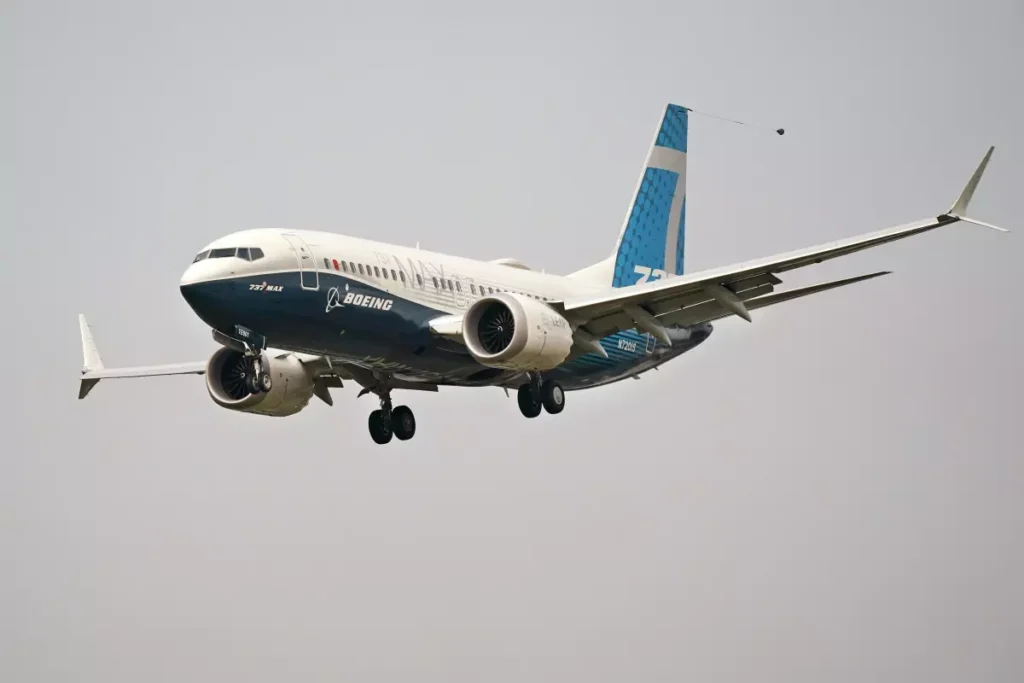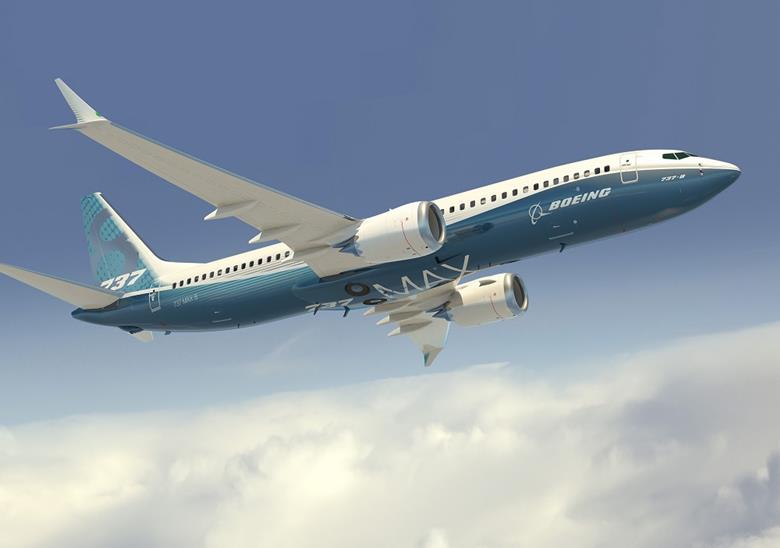Boeing 737 Max, once a star performer grounded by tragedy, faced another turbulence on Thursday after the company urged airlines to inspect its fleet for a “possible loose bolt” in the rudder control system. While the issue appears minor, the timing – just over a year after the aircraft’s return to service following two fatal crashes – sent shockwaves through the aviation industry and investors, driving down Boeing’s stock by 1%.
The discovery stemmed from routine maintenance by an international operator who found a missing nut on a bolt within the rudder-control linkage. Though seemingly small, the potential consequences of a malfunctioning rudder are chilling, raising concerns about safety and reliability. This latest episode reignites anxieties surrounding the 737 Max, casting a shadow over its hard-fought redemption narrative.
A Legacy of Turmoil:

The 737 Max was grounded in 2019 after two crashes, in Indonesia and Ethiopia, claimed 346 lives. Investigations revealed faulty software and inadequate pilot training as contributing factors. The grounding plunged Boeing into crisis, tarnishing its reputation and costing billions in financial losses. The company spent 20 months meticulously addressing safety concerns, implementing software upgrades, and undergoing rigorous regulatory scrutiny before securing recertification in 2020.
Since its return, the 737 Max has slowly clawed back market share, with airlines gradually reintroducing it into their fleets. However, this latest development threatens to stall that progress. The inspections, estimated to take around two hours per plane, could disrupt flight schedules and cause delays. Airlines facing operational complexities and potentially irate passengers may express apprehension towards flying the Max until the issue is fully resolved.
Investor Jitters:
Wall Street, ever sensitive to risk, reacted swiftly to the news. Boeing’s stock price dropped in the wake of the announcement, reflecting investor concerns about the potential financial repercussions. The inspections themselves come with additional costs for both airlines and Boeing, further straining resources. Moreover, the reputational damage could lead to delays in deliveries and cancellations of existing orders, impacting Boeing’s bottom line.
Unanswered Questions:
While the immediate focus is on conducting the inspections and identifying the extent of the issue, several critical questions remain unanswered. How many planes are potentially affected? What is the actual risk posed by a loose bolt in the rudder system? How will regulators and airlines respond? And most importantly, will this episode erode public trust in the 737 Max yet again?
The coming days and weeks will be crucial as Boeing and aviation authorities race to address the situation. Transparency and swift action will be paramount in restoring confidence in the aircraft and minimizing disruption to the industry. Meanwhile, investors will closely monitor developments, weighing the potential financial impact against the long-term prospects of the 737 Max.
Moving Forward:
This latest hurdle underscores the importance of continuous vigilance in the aviation industry. While Boeing has taken significant steps to improve its safety culture and address past shortcomings, this incident demonstrates that maintaining the highest standards of quality and oversight is an ongoing process. The road to full redemption for the 737 Max is likely to be bumpy, but how Boeing navigates this new challenge will define its future in the increasingly competitive and safety-conscious skies.
Beyond the 737 Max:
While the focus is currently on Boeing’s flagship aircraft, the incident raises broader questions about the systemic challenges faced by the aviation industry. The pressure to deliver profits and maintain competitive edge can sometimes lead to compromises on safety standards. This episode serves as a stark reminder that prioritizing quality and meticulous attention to detail remains paramount in ensuring the safety of passengers and crew.
In conclusion, Boeing’s 737 Max faces another test, one that casts a shadow on its past struggles and future prospects. The coming days will determine the extent of the problem and the effectiveness of the response. While the path ahead may be riddled with turbulence, it is an opportunity for the industry to reaffirm its commitment to safety and continuous improvement, demonstrating that trust must be earned, not simply regained.

Hey, I’m Rakibul Hassan, Senior Writer at campseekr.com since September 2023. I’ve been updating info about the media industry and celeb lives for Six years. I am committed to providing well-researched, structured content.

